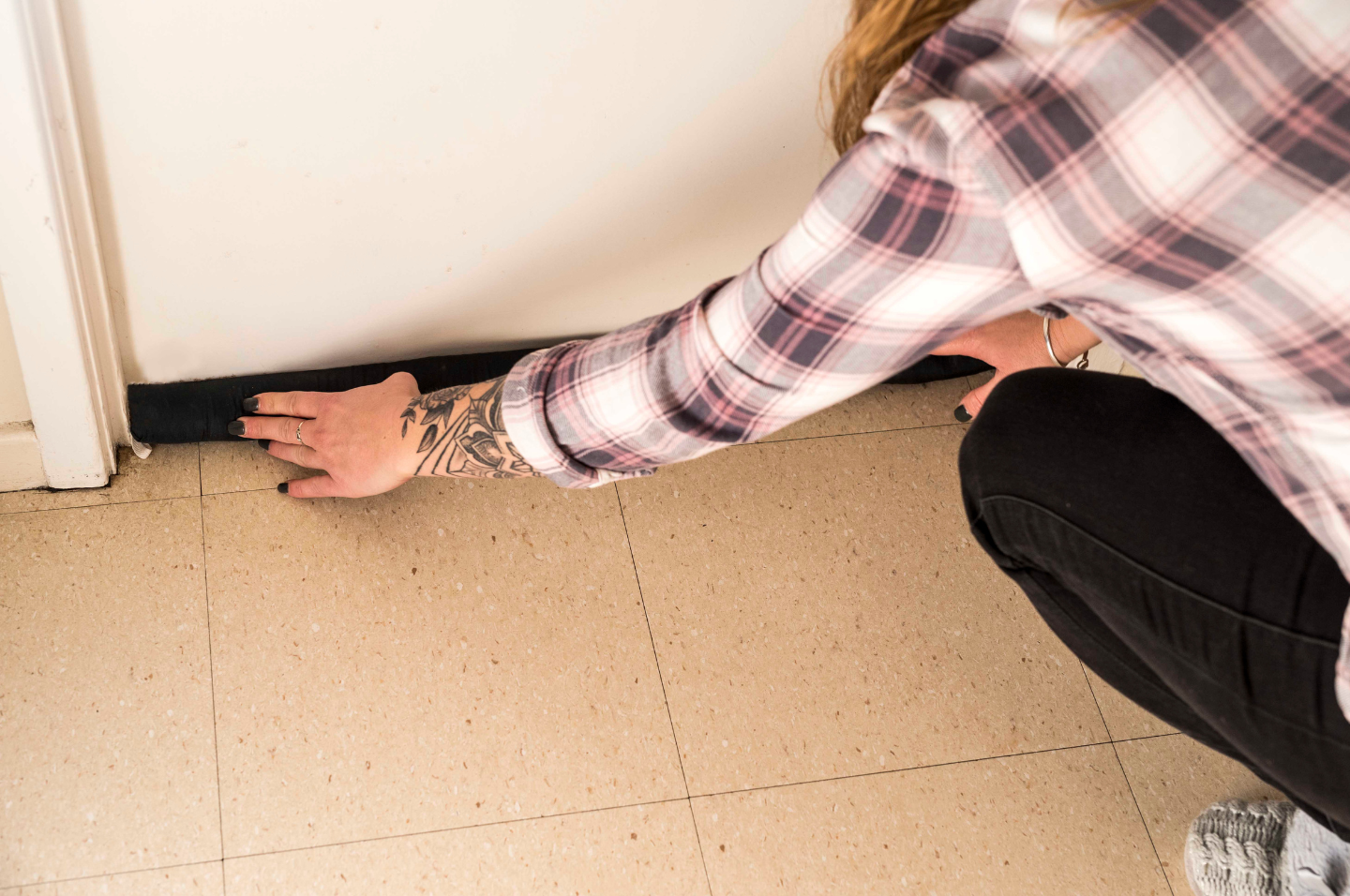Insulation
Insulation in the roof, walls and floors reduces heat-flow into and out of your home. If your insulation has been installed for a long time, however, it may not be working properly.
Installing
If you plan to install insulation yourself, be sure you can do it safely. If you are unsure about any aspect of the job, contact a professional. Insulation, and installation also needs to adhere to Building Codes of Australia regulations and relevant Australian standards.
When choosing insulation, the most important factor is the R-value, which measures a material’s capacity to resist heat flow. The greater the value, the better the insulation and the lower your power bill.
Insulation depends on the climate
Bulk insulation is suited to colder climates – like a doona, it traps air in still layers. It can be made of materials such as fibreglass, polyester and natural wool and comes in batts, blankets or loose fill.
If you are keen to go green, ask a professional installer or manufacturer about using recycled materials.
Reflective insulation is usually aluminum foil laminated onto paper or plastic. This stops heat moving down into a home and is usually suited to warmer climates.
Spray polyurethane foam (SPF) has grown in popularity in recent years. The insulation is made on site by mixing and spraying chemicals that react and form a foam, which is used to fill cracks and gaps.
Check for draughts
By blocking draughts you will prevent heat loss in winter and warm air flowing inside in summer. Your home will be more comfortable and you’ll save on electricity.
Look for obvious gaps around windows, skirting boards, doors and skylights – anywhere there are joins. Feel for moving air, check for visible light or moving curtains and listen for rattles or whistling wind.
Windows and skylights: check frames and seals
Floorboards and skirting boards: fill and seal gaps and replace missing boards
Walls: fill cracks and look for gaps where walls meet the ceiling or cornices
Doors: add rubber door seals to the bottom of external doors
Appliances that connect to walls: check seals around air conditioning units, pipes and flues
Fireplaces: block unused chimneys with a damper or balloon.
